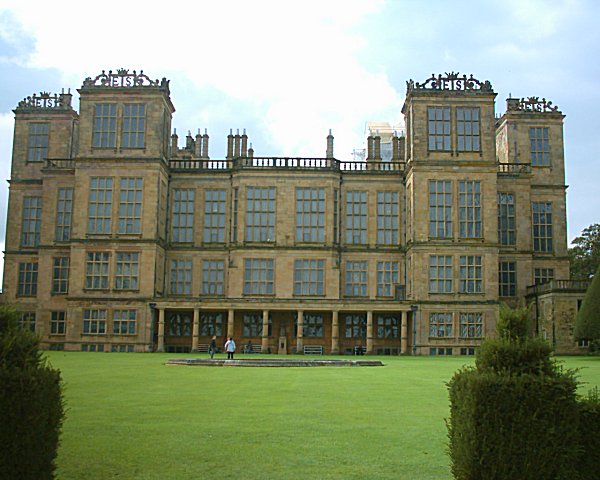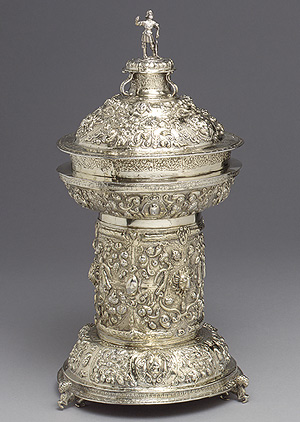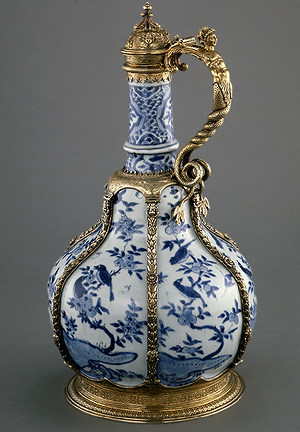Queen Elizabeth I’s loved the arts and it showed. During her reign, paintings were dominated by portraiture and miniatures in particular. Elaborate textiles as well as embroidery were also prevalent in the decorative arts while sculpture found a place in architectural decoration and tombs.
Elizabethan Art Portrait & Paintings
The Queen also took interest in her portraits. She guided many artists such as Nicholas Hilliard as well as Marcus Gheeraerts in creating stylized imagery which portrayed elegance, power and wealth. Artists like the ones aforementioned received various commissions from the Crown and they all employed the techniques from European Mannerism as well as from the school of Fontainebleau.

They created large-scale and full length painting which portrayed nobility in flamboyant and luxuriously decorated costumes which come with embroidery, armor, hunting gear, ruffs, lace and weapons. In doing so, they made this highly decorative yet artificial style a major characteristic of Elizabethan England Art.
Some of the most renowned Elizabethan England works of Art are the miniature paintings. Miniatures are a revived classical form of art stemming from the tradition of illuminated manuscripts as well as from the Renaissance’s portrait medals.

It is believed that Nicholas Hilliard learned this craft from a foreign artist, Hans Holbein. Hilliard was able to produce miniatures which were painted on ivory card or vellum which often times functioned as lockets or cameos. Hilliard was considered to be the Queen’s favorite artists and many of the court’s larger portraits of the Queen were based on Hilliard’s portraits and miniatures.
Elizabethan Decorative Art
Elizabethan England decorative arts were dominated by silver works. The demand for silver saw a significant increase due to the increase in population and expansion of both middle and upper classes. Many silver plates were decorated with embossed strapwork, vegetal forms as well as grotesque figures.

Intricate foliage designs as well as patterns were applied on to suits of armor and the textiles were embroidered with colorful silk and threads of pure gold and silver. In terms of art in architecture in Elizabethan England, it was all about a show of wealth as well as status.
The Elizabethan style closely followed the Tudor style but it was succeeded by the Italian style which was introduced by Ingo Jones. It answered the Cinque-Cento period in Italy, the Francois I from France and the Silversmiths or Plateresque style from Spain.
Elizabethan England Artists, poets
Art during Elizabethan England was at it peak. London, considered to be the heart of England, was then a center for both culture and commerce. Many artisans as well as poets and dramatists, including William Shakespeare, were among the leaders of the day.

Elizabethan styles are often considered to be eclectic and borrow many motifs from the Italian, Continental Gothic as well as Flemish designs. Architecture worked towards a well-ordered symmetry. Home exteriors and interiors were decorated with elaborate reliefs, ornate chimneys, mullions and friezes.
As mentioned beforehand, art during Elizabethan England was a show or expression of power, status and wealth. Quite fitting, actually, everything was grandiose as its people were the same.